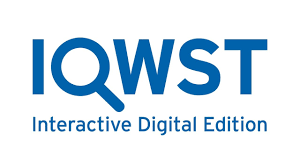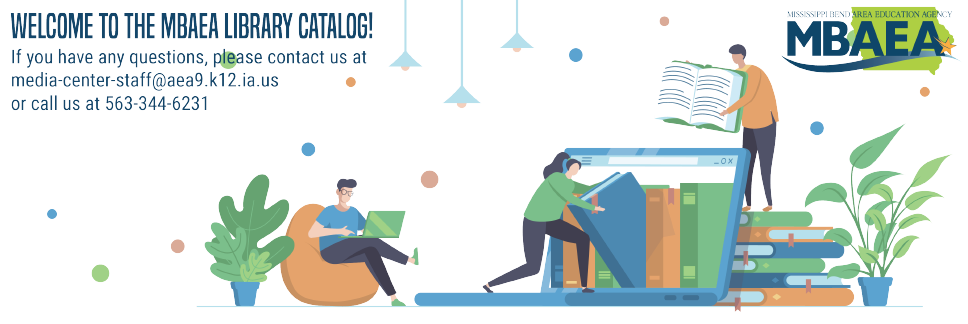
Curriculum Library
|
IQWST Middle School Science Curriculum
Copies
1 Total copies, 1 Copies are in,
0 Copies are out.
Title
IQWST Middle School Science Curriculum
Call No
XXSCI101
Authors
Subjects
Language
English
Published
United States : Hess Print Solutions, 2021.
MLA
APA
Chicago
0
/
0








